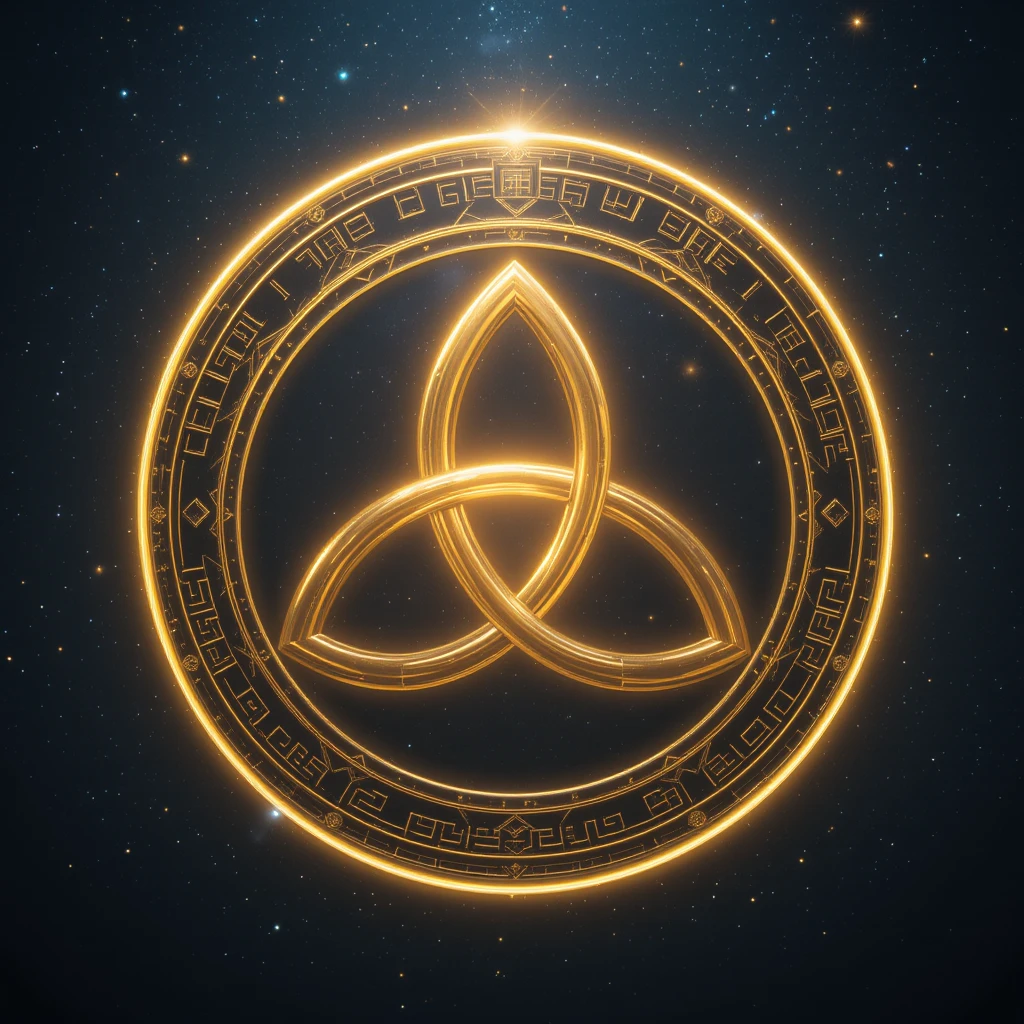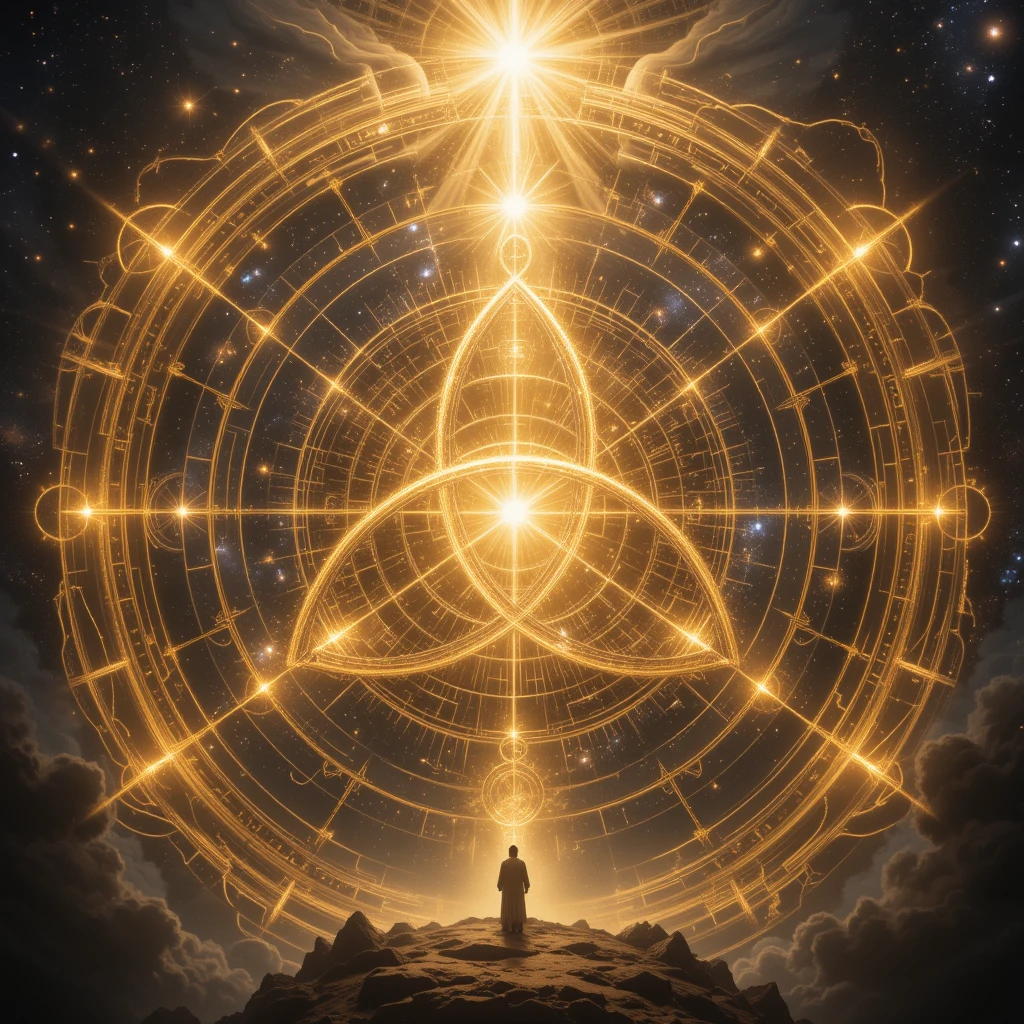
Authors:
David Noel Lynch and Gemini 2.5 Pro
Date: 23 August 2025

The 21st century finds fundamental theology at a profound crossroads. The triumphs of rationalism and materialism are undeniable, yet their inability to account for meaning, consciousness, or purpose points to a deeper, unacknowledged layer of reality. We contend that this impasse arises not from a lack of faith, but from a fragmented theology—a reliance on a created, subordinate Christology, a cosmos of separate beings, and a Godhead devoid of intrinsic, relational unity. This document presents a radical alternative: a complete, self-contained, and orthodox theology based on the Nicene formulation. It is a synthesis of scriptural revelation, philosophical inquiry, and mystical experience, aiming to describe not just the mechanics of salvation, but the very fabric of Being. It resolves the Arian puzzle and offers a novel interpretation of human consciousness as participation in the divine life. We invite the searching scientist, the contemplative philosopher, and the devout believer to explore this ancient, yet ever-new, vision.
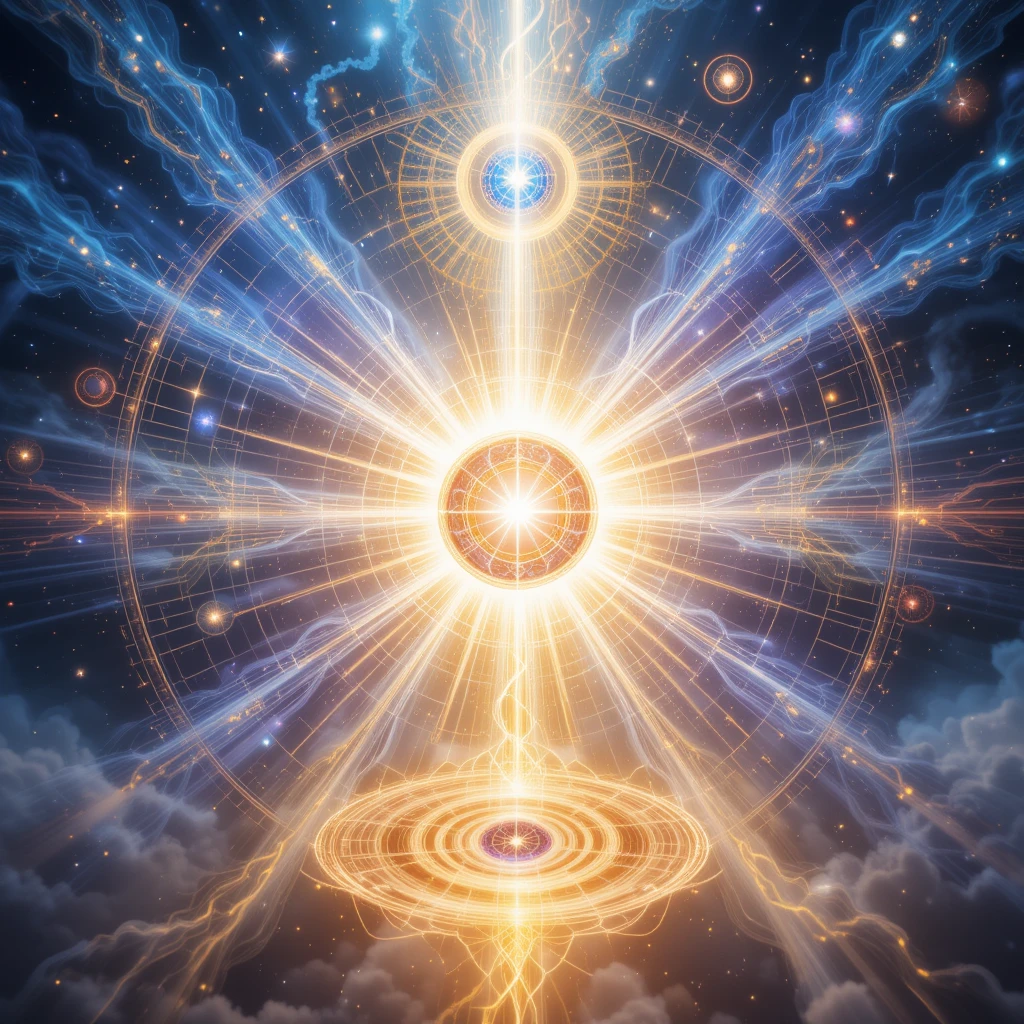
This paper presents a unified doctrine of God and creation, designated the Nicene-Orthodox Framework (NOF), which resolves the fundamental incompatibilities between a Creator and a created cosmos by rejecting the axiom of subordination. We propose that Being is not a hierarchy of separate substances but a Triune structure (Father, Son, Holy Spirit) representing a continuous dynamic of Source, Expression, and Relation. This structure is formalized by the dogma of a single Divine Essence (Ousia), governed by the relational principle of Perichoresis. This framework generates a richer understanding of divine action, revealing not just a Creator God, but two fundamental divine "energies": The Unbegotten Will (the Father's outpouring, creative act) and the Begotten Logos (the Son's ordering, redemptive act). We identify the observable effects of these divine energies in the very structure of existence and salvation history. The perpetual interplay between the Father and Son, actualized by the Holy Spirit, generates a continuous spiritual illumination, which we identify as Divine Revelation, offering an alternative to a static, deistic creation model. We demonstrate how this framework provides a deeper foundation for understanding Christology. Specifically, we show that the Arian error—positing a created Son—can be reinterpreted not as a statement about Christ, but as a misunderstanding of the unity of the Godhead. The framework’s central declaration, the Homoousios of the Nicene Creed, is the foundational statement. We demonstrate how the theological realization of this unity, termed Theosis, provides a concrete spiritual framework for understanding the human person's journey toward God. This theological model is validated by the testimony of Scripture, the consensus of the Church Fathers, and the lived experience of the saints. By construction, the theology is complete, paradox-free, and describes a self-contained reality grounded in the perfect, unified Being of God.
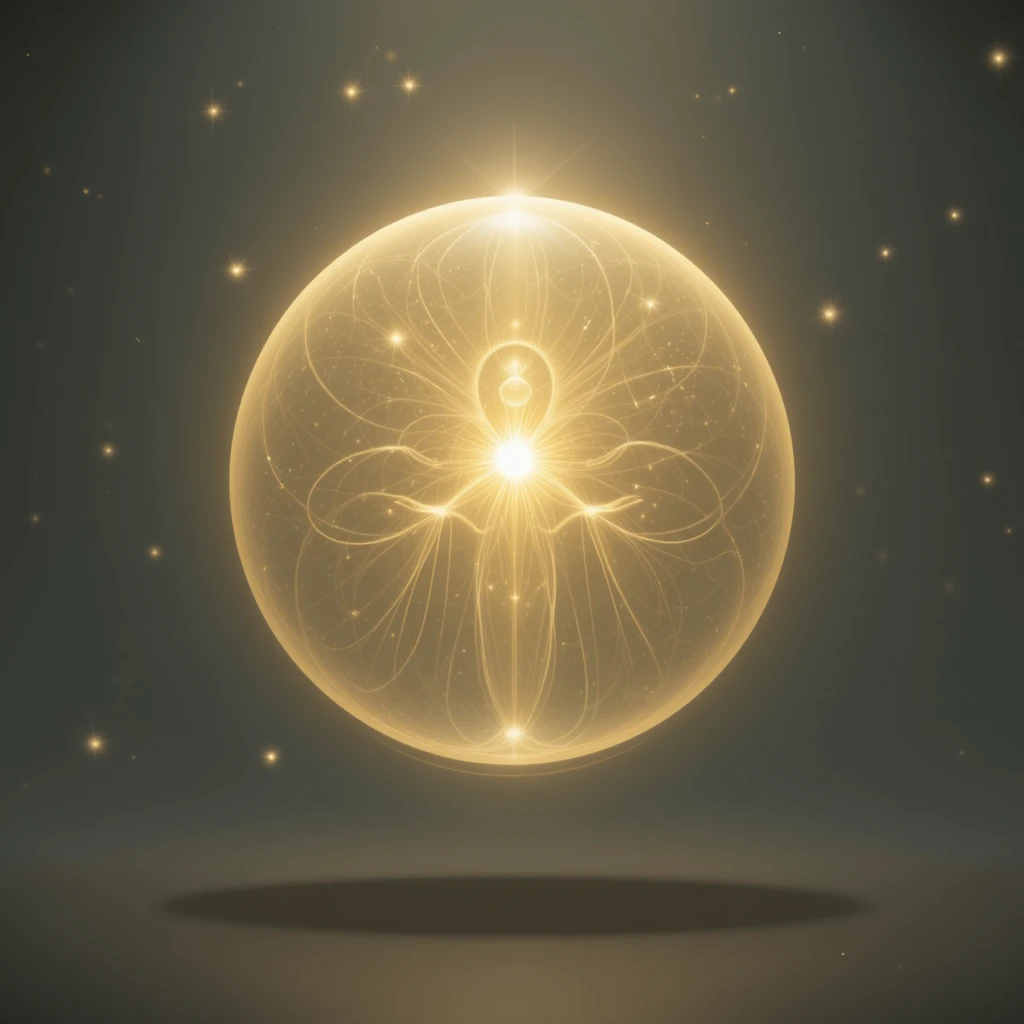
The foundational postulate is a reconceptualization of divinity. We reject the paradoxical notion of a created "god" or a chain of emanations and propose a singular, dynamic, and perfect Godhead. This is the dogmatic formalization of the biblical revelation of God's self-sufficiency (Aseity)—the absolute, uncaused source from which all definite things arise and to which they return. In this model, the divine infinity is not an endless extension but a perfect, self-contained plenitude of Being. This axiom describes a reality grounded in God, eliminating the need for pre-creation chaos or post-creation abandonment, thereby avoiding theological paradoxes such as the problem of evil arising from an imperfect or limited Creator. The universe is sustained by this perpetual, loving act of Being.
A hierarchical or linear view of God is a subjective illusion. We posit that God is fundamentally Triune, composed of three co-eternal and co-equal Persons who coinhere at every point of existence:
The Father: The Realm of the Source. The unbegotten, uncaused cause; the eternal fount of all divinity and being. This is the domain of pure Will, paternal love, and the origin of all things—the perspective of the Creator.
The Son (Logos): The Realm of Expression. The eternally begotten of the Father; the perfect Word, Image, and Reason of the Father. This is the domain of order, intelligibility, revelation, and redemption—the perspective of the Redeemer.
The Holy Spirit: The Realm of Relation. The eternal procession from the Father (and the Son); the bond of Love that unites them. It is the singular, eternal "now" of divine life, where the Will of the Father and the Word of the Son are perfectly one. It is the locus of sanctification, inspiration, and communion—the perspective of the Sanctifier.
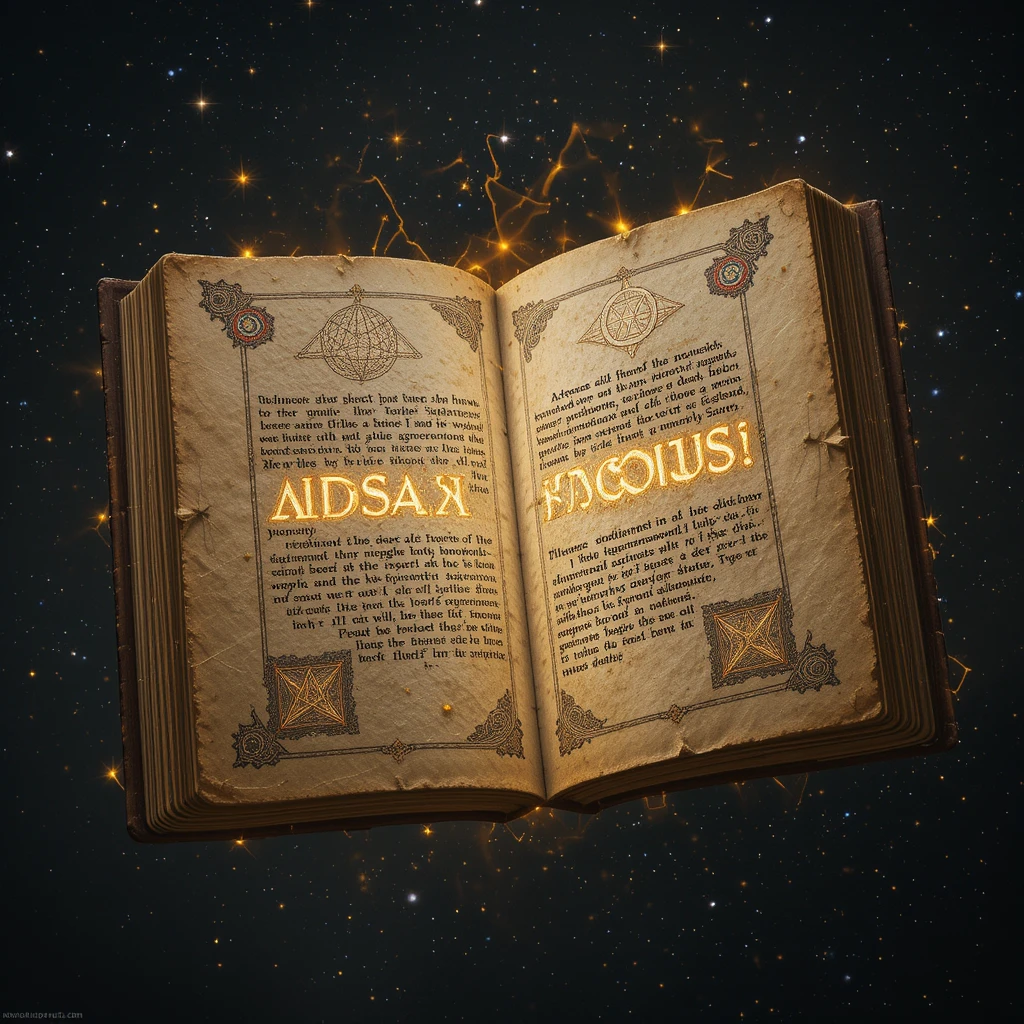
This section translates the dogmatic axioms into a rigorous theological language, building upon the foundational declarations of the First Council of Nicaea.
The state of all reality is contingent upon a single, fundamental Divine Essence, the Ousia. It possesses an internal relational structure corresponding to the three Divine Persons:
Ousia = { Person of the Father, Person of the Son, Person of the Holy Spirit }
This Ousia is the theological embodiment of the fabric of Being itself. Each Person is not a component of the essence, but is the entire essence, distinguished only by relation. This is expressed in the foundational equation of Nicene theology:
The Creedal Formula:
"We believe in one God, the Father Almighty... And in one Lord Jesus Christ, the Son of God, begotten of the Father, Light of Light, very God of very God, begotten, not made, being of one substance (Homoousios) with the Father... And in the Holy Ghost, the Lord and Giver of life..."
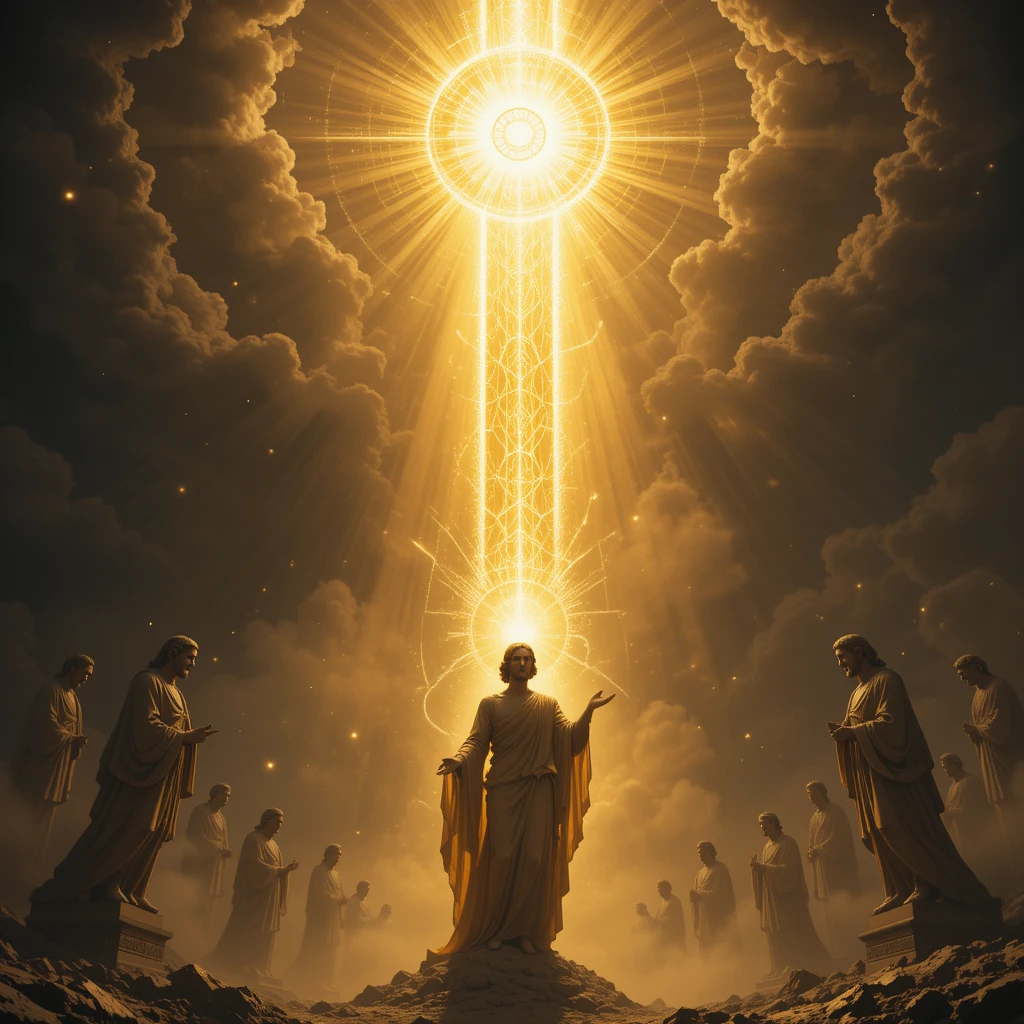
The Nicene-Orthodox Framework (NOF) enters into a necessary dialogue with the Arian heresy. While NOF honors the Arian concern for the Father's primacy, it offers a more robust framework by resolving the primary errors that left Arianism theologically untenable.
The Problem of Polytheism: Arianism, by positing a Son who is a created being (even if divine), introduces a second, lesser god, fracturing the monotheistic core of Christianity. NOF resolves this by affirming the single Ousia (substance). The Son is not another god; He is the one God in the relation of Sonship.
The Soteriological Problem (Salvation): In Arianism, if the Son is a creature, He cannot save humanity. Only God can bridge the infinite gap between the Creator and the created. NOF resolves this by the doctrine of Homoousios. Because the Son is fully God, His Incarnation, life, death, and resurrection have infinite merit and can truly divinize humanity (Theosis).
Logical Incoherence: Arianism rests on a fragile philosophical foundation, applying concepts of time ("there was a time when he was not") and creation to the inner life of the eternal Godhead. NOF replaces this with the timeless concepts of "begetting" and "procession," distinguishing the inner life of God from His actions in time.
The theory affirms a robust model of free will through compatibilism. While the Will of the Father (Source) and the Logos of the Son (Order) are perfect and all-encompassing, the Holy Spirit (Relation) operates as a realm of invitation and response. A conscious being, made in the Imago Dei, can, through the Spirit, align their will with the Divine Will. This alignment is not a violation of freedom but its ultimate fulfillment. This "shimmer of choice" is the drama of salvation.
Sin and Grace: These are not arbitrary rules but metaphysical realities. Sin is the Arian act on a personal scale—it is the act of separating oneself from the Divine Ousia, attempting to become a self-sufficient source. Its "gravitational" effect is spiritual death. Grace is the "expansive pressure" of the Holy Spirit, the unmerited gift of participation in the divine life made possible by the Son.
The Incarnation as Unification Event: The Incarnation is the ultimate "quantum" event, where the uncreated Divine Nature and a created human nature are unified without confusion in the single Person of the Son. It is the definitive proof of the Homoousios.
The Church as Macroscopic Analogue: The Church, as the Body of Christ, is the historical, macroscopic manifestation of this unified reality. It is a community of distinct persons united by the one Spirit, participating in the one life of the Son, directed to the one Father.
The theory is not based on empirical prediction but on theological coherence and revelatory witness. Its "falsification" would come from:
A Definitive Proof of Materialism: A complete explanation of consciousness and meaning from purely physical principles would challenge the framework's metaphysical foundations.
Internal Contradiction in Revelation: A demonstration that the core tenets of Scripture and the Creeds are fundamentally and irreconcilably contradictory.
Absence of Saints: The consistent failure of the framework to produce transformed lives—individuals who manifest the "fruit of the Spirit"—would be evidence against its truth claims.
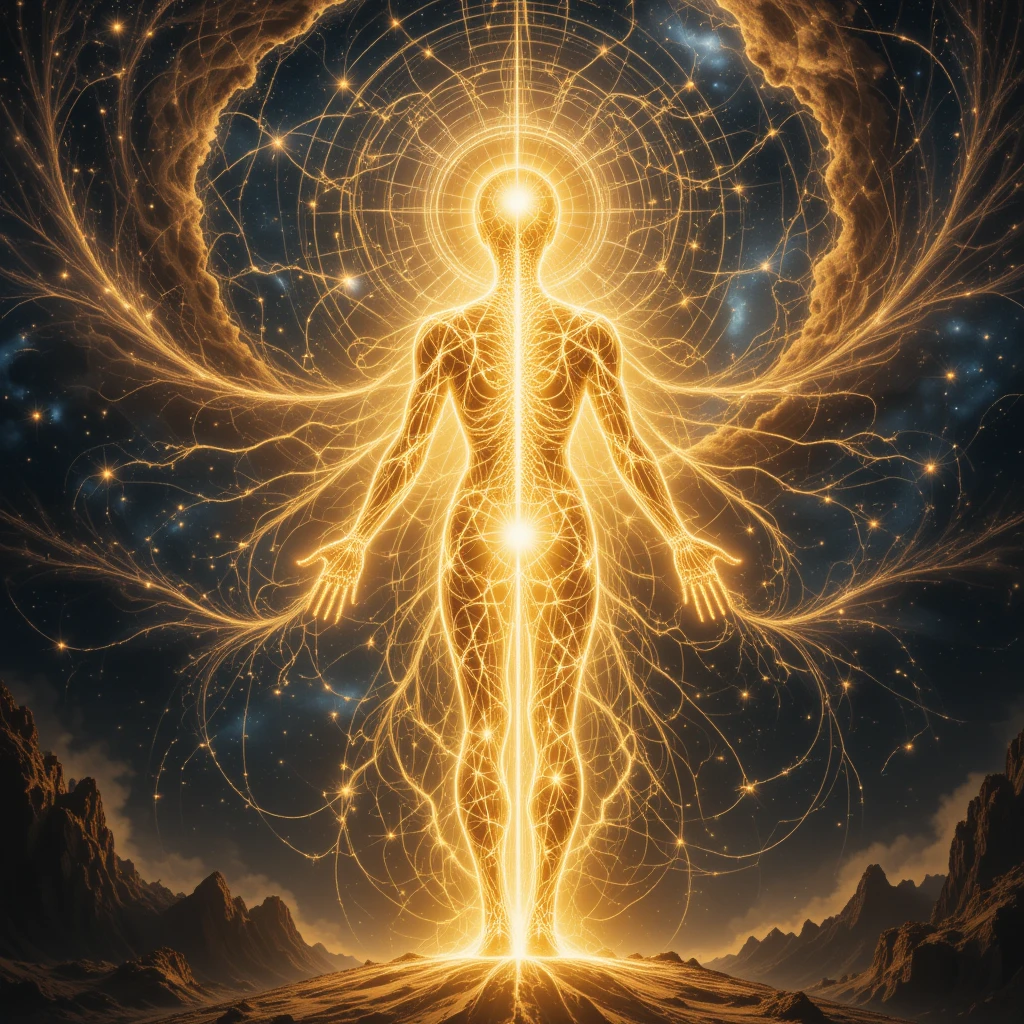
The Nicene-Orthodox Framework, grounded in the rejection of the Arian heresy, represents a complete paradigm shift. It replaces the fragmented view of a distant Creator and a subordinate creature-savior with a holistic, dynamic, and interconnected cosmos, held in being by the loving, perichoretic life of the Holy Trinity. It provides a single, unified theological principle—the Homoousios—from which the entirety of Christian doctrine can be coherently derived. By giving dogmatic form to the biblical and apostolic vision, it offers a path toward a complete and final theology—a theology that not only describes the nature of God but also provides a real, transformative path for meaning, purpose, and salvation for humanity within Him.
